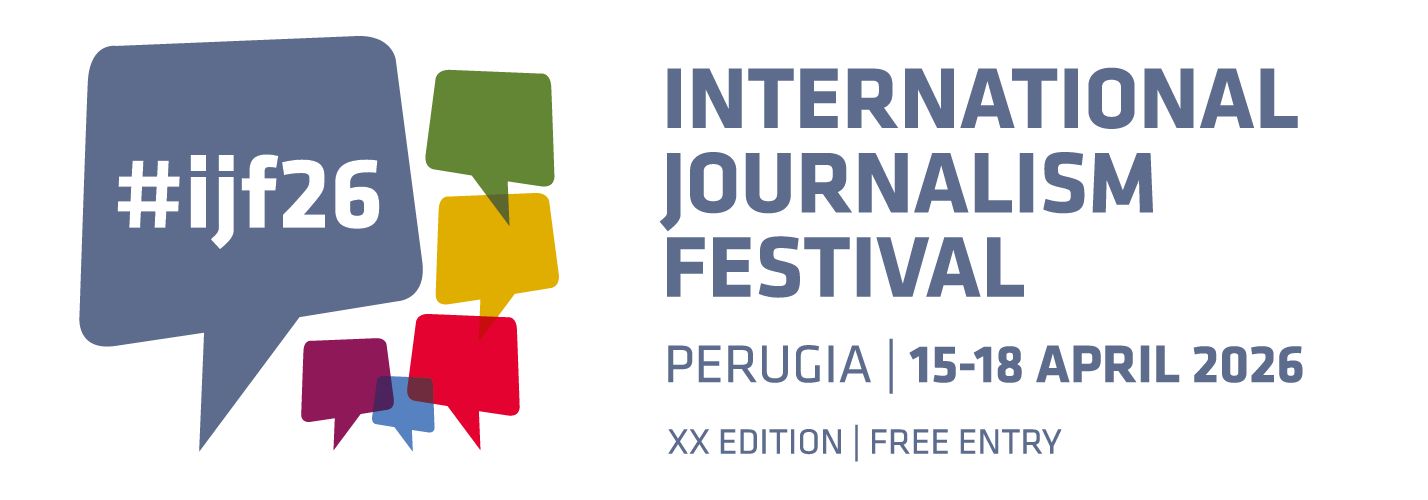
June 2014. Kenya. In the streets, during the past few days, there has been a mounting of popular protest against the new government and some of the measures enacted in the early days of its mandate. The citizens are in turmoil, gathering in the square. They are going to parade in front of the parliament with placards and banners. Someone throws stones, minute by minute choruses rise up stronger and stronger. Police surround the rally, determined to stop the parade. The tension grows, it is likely that soon violent clashes will occur.
The journalist John Crave of The New York Times walks on the side of the rally. He wears khaki shorts, comfortable shoes, a soft t-shirt and a pair of modern style tinted glasses. As he continues on his path, he does not lose sight of what is happening in front of him. Some people notice him, intrugued by his strange behaviour. He speaks in English, trying to articulate words well. At his side, however, there is nobody. He does not hold a smartphone in his hands. He has not got a bluetooth headset in his ears. With who (or what) is Creave talking?
He films with his gaze, he describes with his voice. In real time, in a newsroom, thousands of miles away, the material that Crave is collecting goes right onto the front page, before the eyes of millions of readers. His glasses are the tool which allows him to document the situation, in a simple and immediate way, without the use of hands.
Is this science fiction? Quite the contrary. At the beginning of 2014, the Google Glass will land in the U.S. market, helping to change the journalistic profession, once again. Light and modern Big G glasses will incorporate a camera, an internet connection, a processor, a microphone able to receive voice commands and thus turn them into concrete actions.
John Crave does not exist, of course. And the protests in Kenya are only a hypothesis. Changing the scenario, the substance could remain unchanged.
Let’s think of a G8 summit, a war, a news story, a film festival, a sporting event. In the present and in the immediate future, in every aspect of reality, a series of major technological innovations – many of which are still to come – will help to change the job of the reporters, simplify even more the transmission and the development of images and news.
The bionic reporter
With not so far-fetched hyperbole, we might define the journalist of the near future as a bionic reporter, equipped with glasses that can take pictures, shoot movies, record a voiceover and send material to the newsroom in real time via a fast internet connection. And in possession of smart wrist watches (that will allow effortlessly monitoring of email and social networks at any time), cutting-edge cell phones and rollable spreadsheets able to combine completeness and manageability, readability and portability.
In the next few years, the technology will integrate perfectly with the person, making the devices more and more natural extensions of the five senses. Half a decade from now, we’ll look at war reportage made with the smartphone – one of the great revolutions of the last five years – as a relic belonging to a bygone era.
The journalist will be forced to be technological. Who does not fit in will be lost. Technical expertise must expand greatly, touching all areas of digital technology. Knowing how to use a WordPress publishing system is no longer enough. It is necessary to use a video camera, to edit a clip, to record a podcast, to know the basics of SEO, of social media strategies, of writing computer code. It is not enough to be just information mediators. It is necessary to become information programmers, able to address and resolve technical issues.
Technology as an integration of professionalism
All this, of course, will not affect the basis of the profession. The journalist will still need to mediate reality with professionalism and intelligence. The art of telling a story, the ability to conduct an interview, build a network of sources, supply news and investigate events will remain crucial requirements. Indeed, it will be increasingly important because it will allow journalists to be distinguished from other citizens. In the age where everyone will have the technical means to document reality, the skills of the reporter will have to become more and more solid and differentiated. Informing will become more immediate, but not easier.
Today, the most defeatist hypothesis would prefer to relegate the journalist to the role of “cubicle pen pusher” destined to create articles by gleaning news from the internet, turning the contributions of readers into sentences and words and reusing the information provided through press releases. In my opinion, the future will hold a few surprises. The physiological reduction of newsrooms will force journalists to return to their natural habitat: the street. In a market made primarily of freelance contributors (online or otherwise), newspapers will be built mostly from the outside. The locations of the major newspapers, where today most of the editorial work is still produced, will become places of coordination similar to an operational police station. Below the managerial body, a small group of professionals will sort, organize and decide lay out. Articles will come mainly from “outside”.
Between multi-tasking and differentiation
In an extremely competitive scenario, journalists will have to work with different newspapers, putting their skills to the service of different information channels. Reporters will exist as digital people first before they are seen as individuals and should build up an online credibility even before their offline one. Having a Twitter profile with many followers or a very widely read personal blog will become, more and more, the business card of the successful journalist.
To emerge from the crowd, journalists will have to multitask but at the same time will have to specialize in a specific field. Cultivating a specialist knowledge in the field of renewable energy, geopolitics, medical science or comparative international law will help journalists position themselves in the market.
The hardworking journalist who lacks specific expertise will risk falling by the wayside. In the post-industrial era in which information moves towards a process of automation and standardization, journalists must be able to provide real added value to the news, making the most of the skills that only human capital is able to offer.
Some useful tools
While the world of information branches out and diversifies, journalists must be able to better orientate themselves between the opportunities and new tools that the web can offer. Every week, dozens of digital tools are specifically designed to facilitate the profession: applications, software and sites that, if used correctly, can really help us in our daily work. There are dozens which deserve to be mentioned; Storify which allows us to create and publish stories and narratives gathering the most significant voices from social media, Timeline which helps us to create news timelines in a graphically appealing format and Infogram which puts our data in simple (but beautiful) infographics.
There are more; DocumentCloud with which we can gather and share documents with our team, already used by over six hundred newsrooms, Zeega which helps us to build short documentaries mixing audio, video and photographs, Ushahidi a crowdsourcing system that can be used by large groups of people for the mapping and the story of an event, Video Notebook which automatically transcribes long video and audio, enabling us to store the material, to find what we seek in a long campaign speech and synchronize the video with the tweets. And among the many tools and plug-ins that can help us manage our daily press review, Instapaper is one of the most valid and functional. In the vast ocean of tools, it’s easy to get lost. Two good sites to to follow in order to remain up-to.date are Journalist’s Toolbox and Journalism.org.
News changes, craft doesn’t: a handbook for the new journalist
“As the managing editor at a big city newspaper, I learned about journalism psychology. I could call reporters in the middle of the night, tell them something was on fire and no matter how senior they were, they would drop everything and go. A little cursing, maybe, but no argument. News happens. That’s just the way it is. You deal with it. Picture that same veteran reporter coming in after the fire. If I told him I needed him to give up his desk and sit on the other side of the newsroom to write the story, there would be hell to pay. “This is MY spot,” he would growl. A lot of cursing, maybe. That’s journalism psychology. It is fine for news to change every single second. It is not fine to change the way we do the news. News changes, craft doesn’t”.
(Eric Newton, former managing editor of The Oakland Tribune)
Today’s journalist must know how to change. Adaptation has become an essential requirement for survival. It is in the schools of journalism, the gateways to the profession, that professionalism must be built brick by brick. They must bear in mind ten fundamental aspects.
Journalists should:
- Technologize
- Expand knowledge
- Build credibility and an online following
- Become self-publishers
- Be more and more scrupulous
- Prepare for increasingly fluid work
- Specialize
- Acknowledge the input of readers (users’ feedback and citizen journalism)
- Keep updated
- Be bold and experiment


